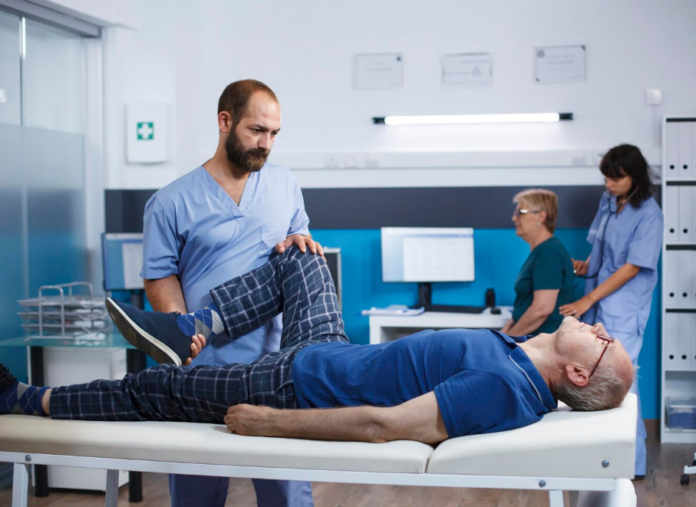Hip surgery is a major step for anyone dealing with persistent pain or mobility issues. The process can feel overwhelming, but physical therapy plays a crucial role in recovery. It helps restore movement, build strength, and improve balance. Without it, patients may struggle to regain independence and return to daily activities. Understanding the connection between hip surgery and physical therapy can make the journey smoother and more effective.
Preparing For Hip Surgery With Targeted Exercises
Before undergoing hip surgery, preparing the body is essential. Physical therapists often guide patients through gentle exercises to strengthen muscles around the hip. These pre-surgery exercises help reduce recovery time and minimize complications. Even simple stretches can make a difference, improving flexibility and circulation. By starting therapy early, patients enter surgery with a stronger foundation, which enhances post-surgery outcomes and supports overall healing.
Rebuilding Strength After Hip Surgery
Recovery after hip surgery requires focused effort. Physical therapy is designed to rebuild strength in the hip and surrounding muscles. Therapists guide patients through progressive exercises that begin with gentle movements and gradually increase in intensity. This approach prevents strain while promoting healing. Regular therapy sessions help patients regain the strength needed for walking, standing, and other essential activities. Incorporating these exercises consistently is key to a successful hip surgery recovery.
Improving Mobility Through Physical Therapy
Mobility often decreases before and after hip surgery. Physical therapy targets this challenge directly. Exercises focus on improving range of motion, balance, and stability. Patients learn proper walking techniques, use supportive devices when necessary, and practice movements that prevent falls. Over time, these practices restore confidence in daily activities. Physical therapy ensures that hip surgery is not just about pain relief, but also about regaining freedom of movement.
Pain Management Strategies During Recovery
Managing pain is a critical part of the hip surgery recovery process. Physical therapists teach techniques such as gentle stretching, heat or cold therapy, and posture adjustments to ease discomfort. These strategies help reduce reliance on medication and encourage active participation in recovery. Understanding how to manage pain effectively supports both healing and mental well-being. Combining therapy with proper pain management accelerates the benefits of hip surgery and strengthens the body safely.
Long-Term Benefits Of Continued Physical Therapy
Physical therapy doesn’t end after the first few weeks. Continued sessions offer long-term benefits that support overall hip health. Patients experience improved endurance, reduced risk of future injuries, and better coordination. Ongoing therapy encourages healthy habits, like proper body mechanics and regular exercise. Staying committed to physical therapy helps maintain the improvements achieved after hip surgery, ensuring lasting results and a higher quality of life.
Conclusion
Physical therapy is an indispensable part of hip surgery recovery. From preparation to long-term maintenance, it guides patients through every stage of healing. Strength, mobility, and pain management are all enhanced through consistent therapy. Embracing physical therapy not only speeds up recovery but also empowers patients to regain independence and enjoy a more active, fulfilling life after hip surgery.















